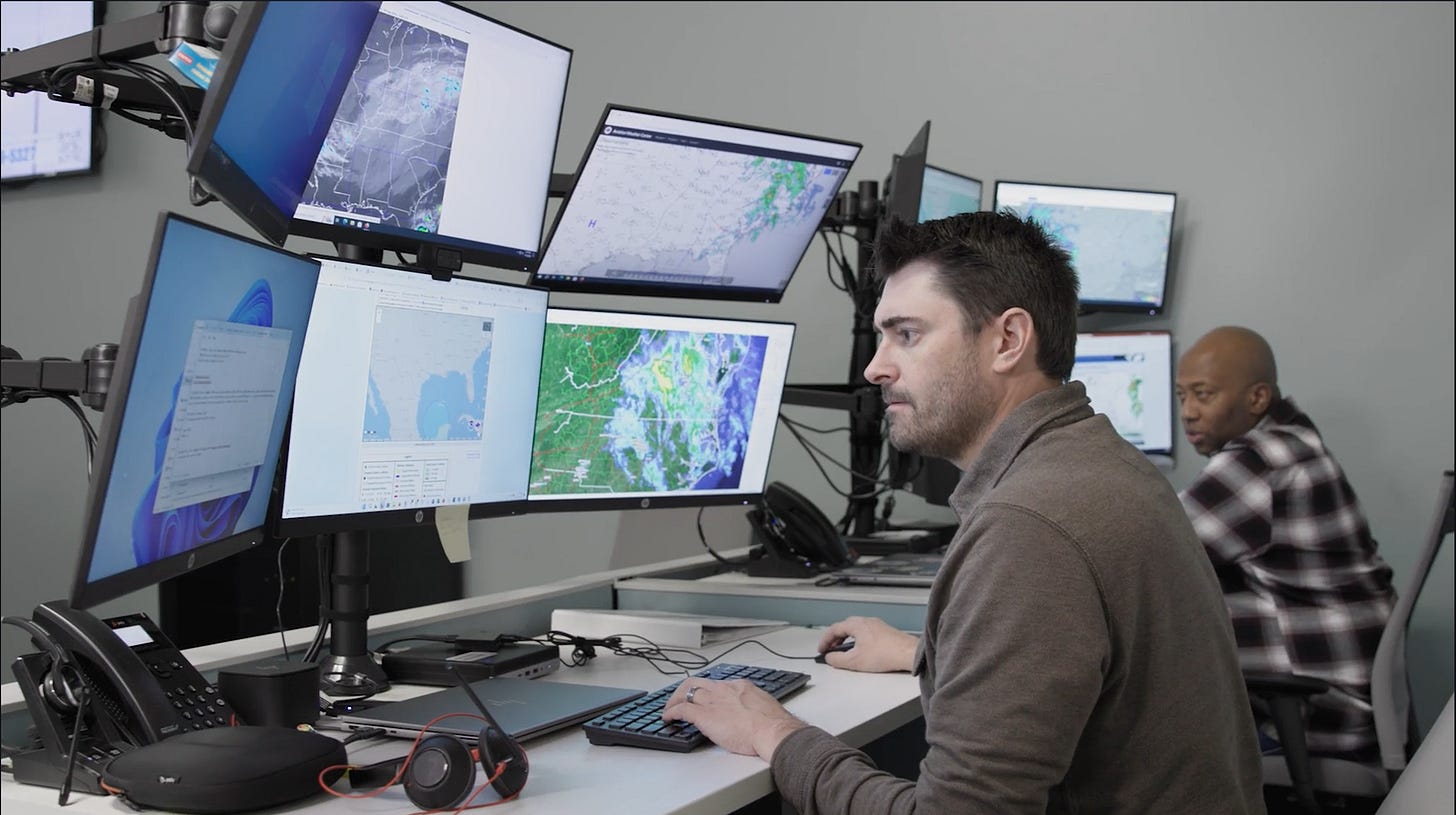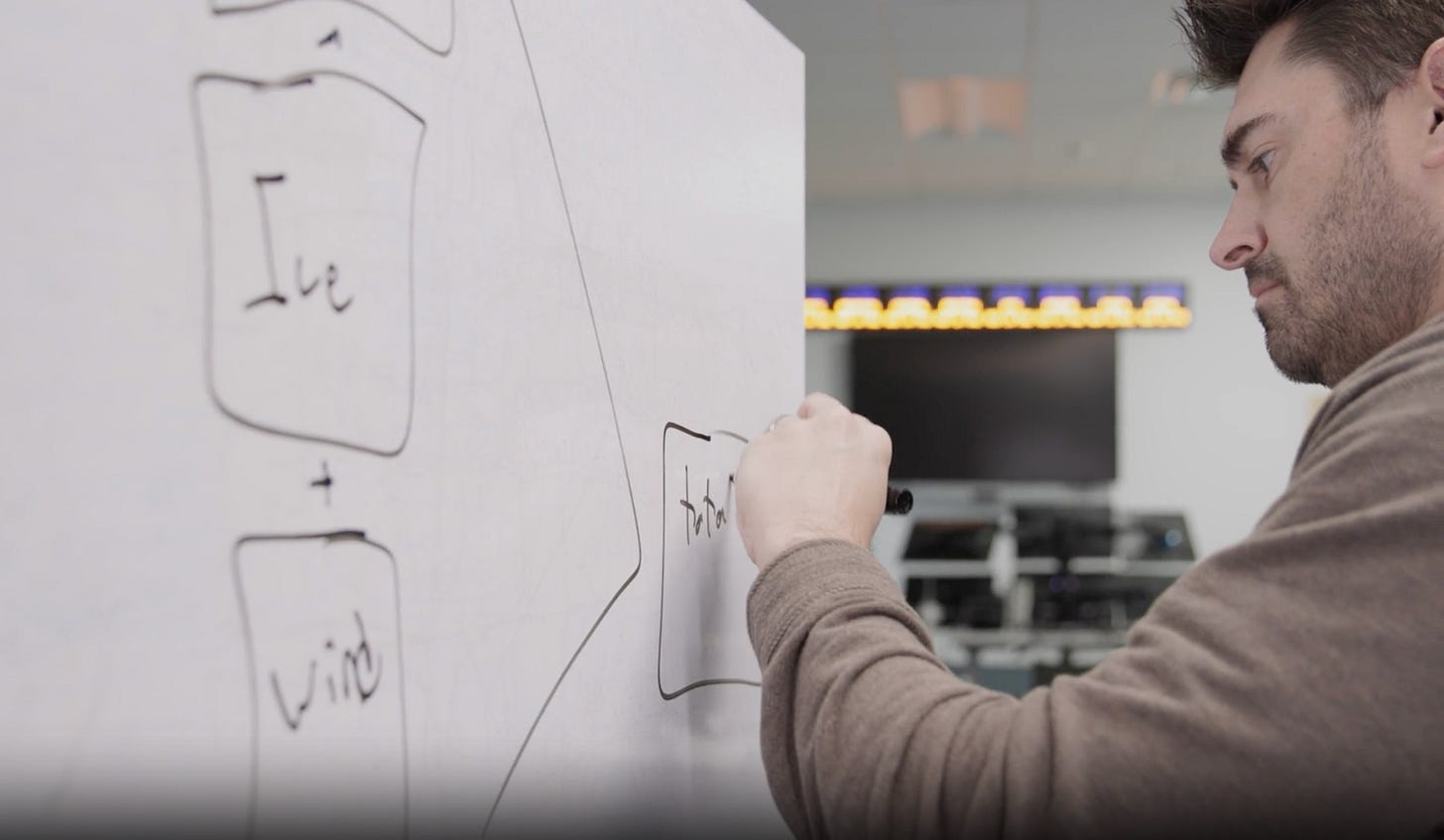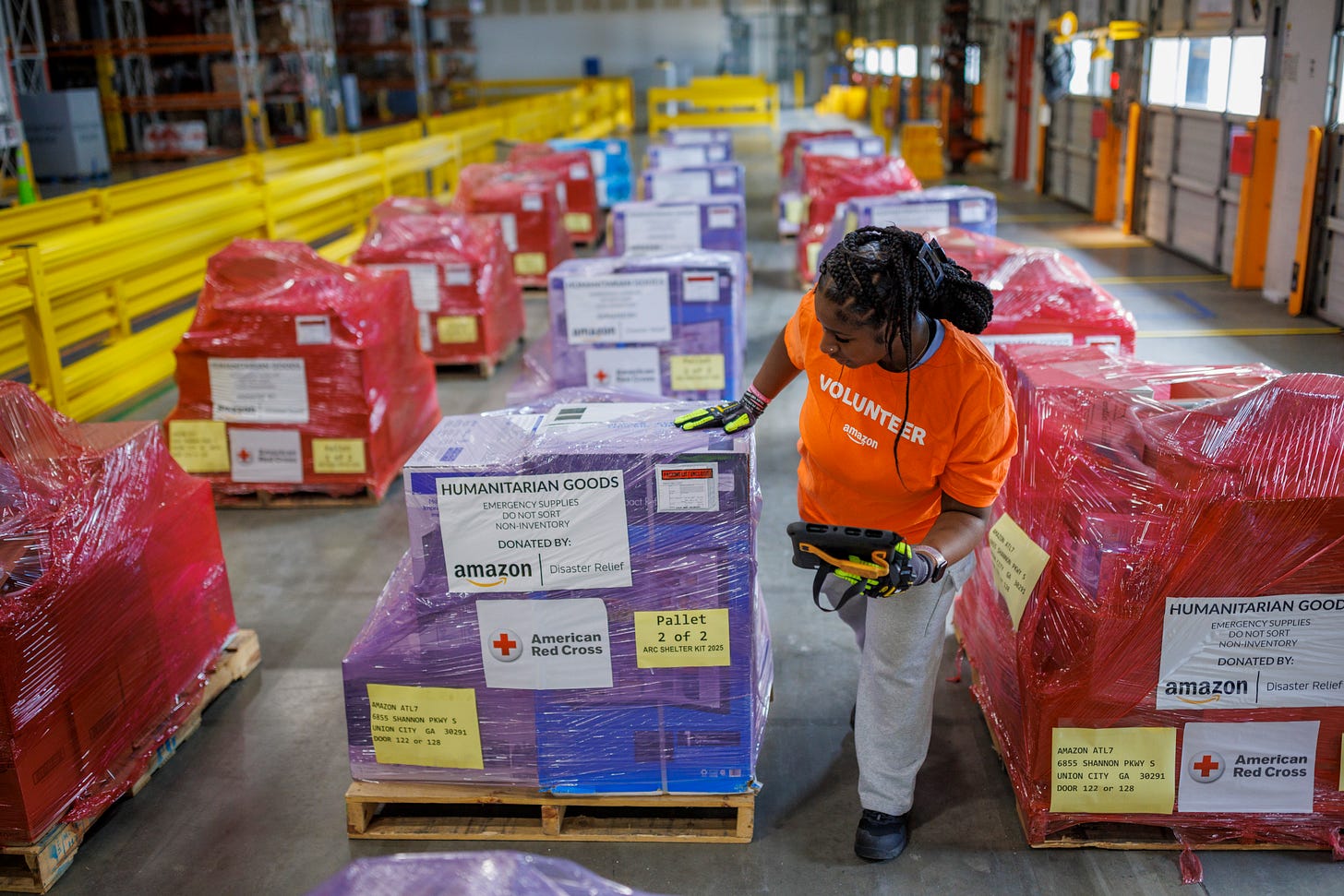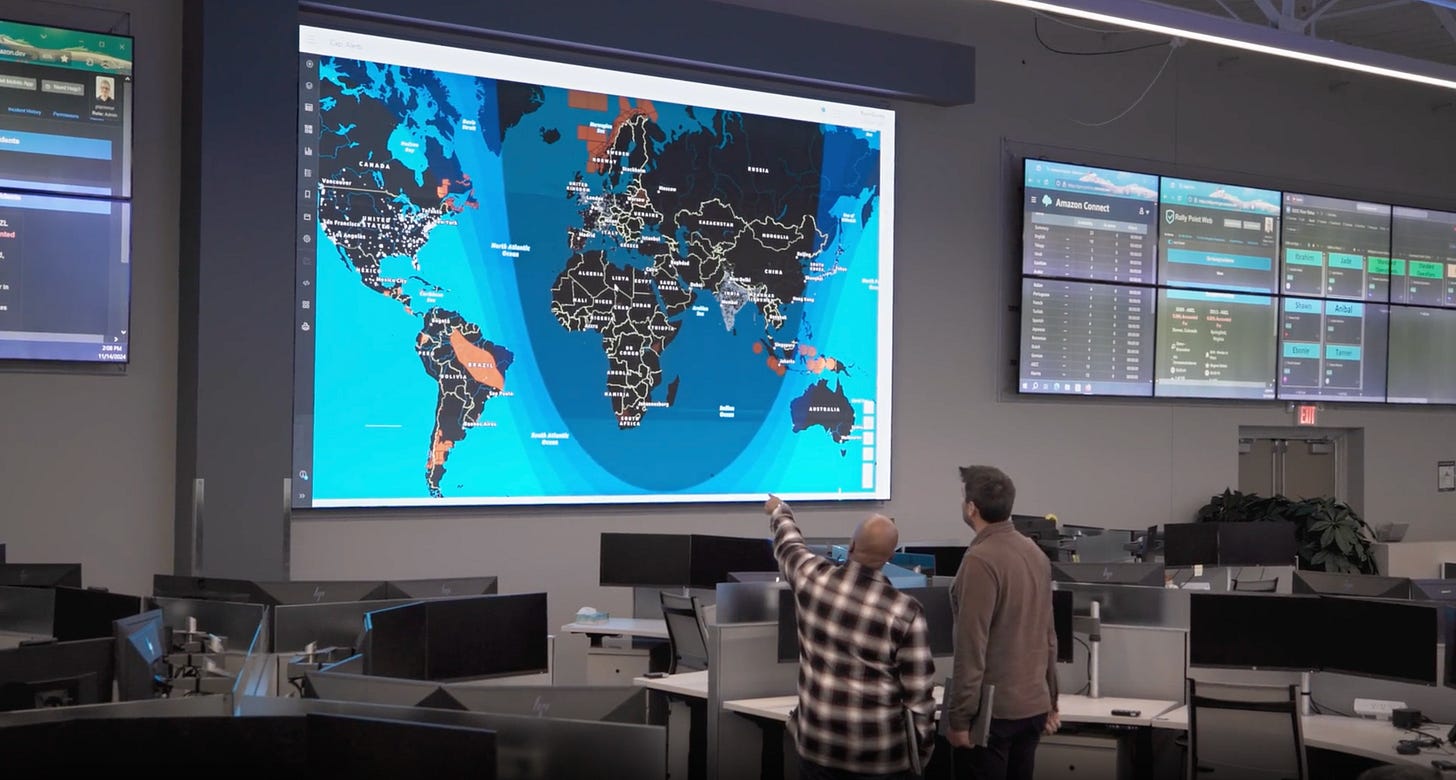He has one job at Amazon: to expertly study weather every day, 365 days a year
“Amazon has a chief meteorologist?!” It’s a reaction Josh Kastman is accustomed to getting quite often when people learn what he does for a living.
“It’s so funny. Every time I introduce myself to a neighbor or a new friend, they ask why Amazon has a chief meteorologist. Once I explain, it starts to make sense,” Kastman said in an interview with Bagable.com.
Weather is as much at the heart of Amazon’s business as are products, considering the company’s expansive global marketplace reach.
Last year, Amazon AMZN 0.00%↑delivered a whopping 9 billion items for same-day or next-day delivery to its more than 200 million Prime member shoppers around the world. For most retailers, including Amazon, the fourth quarter overall and the upcoming year-end holiday shopping events such as Thanksgiving, Black Friday, Cyber Monday and Christmas are among the busiest periods of the year.
“We’ve got 1.5 million employees, which is closer to two million people when you include our delivery partners,” he said. “A lot of them are working outside and are impacted by weather on a daily basis. My job, and my team’s job, is to keep an eye out and make sure they’re safe.”
Calling it a “unicorn job,” Kastman isn’t the first one to have the title of chief meteorologist at Amazon. “We’ve had teams that have been monitoring weather 24-7 from the beginning, pretty much since we’ve been in the delivery business,” he said. “Our [current] team is the latest iteration and I’ve been in this role coming up on two years in February.”
Kastman, a former National Weather Service meteorologist with a PhD from the University of Missouri, in Columbia, Missouri is based in Amazon’s Global Security Operations Center in Phoenix, Arizona. It’s where he oversees a team of four other meteorologists who track and study continuous real-time weather across the country and the globe.
“We’re able to keep an eye on things no matter what time of the day it is, no matter where it is in the world,” he said.
Keeping employees safe is an important part of his job, but not all of it. His team also actively assists Amazon’s relief efforts with local non-profit partners in the aftermath of natural disasters.
“It’s one of my favorite parts of the job, getting to work with our disaster relief teams,” Kastman said. Amazon operates 15 distribution hubs around the world that are located close to frequent impact areas and stocked with emergency relief supplies.
“Very recently, a good example was with Hurricane Melissa. It was a Category 5 hurricane at one point, striking Jamaica,” he said. “We were able to communicate with the Amazon relief team several days in advance so that they could be in their preparation process. They knew where it was going to hit, how long those conditions were going to last, and the most important question, when could they get there and start providing relief supplies right away.”
“I was constantly in fear of the weather”
Growing up in the Midwest, weather came up a lot.
“It’s part of the family conversation every day. You talk to your grandpa, your neighbors. Weather is always a topic,” said Kastman. “Weather is very changeable in the Midwest, so, you know, the old expression, ‘Just wait a day, it’ll change,’ is pretty true out there.”
Kastman was about 10 years old when he became fixated on weather.
“I grew up all over the Midwest, but some of my formative years were in Wisconsin. I was in first grade when the movie Twister came out. Then our first grade teacher told us that when it’s 75 degrees and cloudy, there’s chance of tornadoes,” he recalled. “So I grew up terrified when it was cloudy and 75 degrees. I was just constantly in fear of the weather.”
“Sometimes my role is actually to be a de-escalator. I love social media, but sometimes they get a little aggressive with some of the fake snow forecasts out there.”
The fear morphed into fascination with weather patterns. It started with watching The Weather Channel and progressed to Kastman constantly researching and talking about weather, looking for opportunities to volunteer at the National Weather Service, and eventually, pursuing meteorology in university.
It was his wife who first spotted the job opportunity for a chief meteorologist at Amazon. “I strongly believe in life and safety. It’s why I became a meteorologist. I grew up afraid of weather events, so I want to help other people be less afraid by giving them ample warning and time to prepare. Looking through the job description at Amazon, that was the whole gig.”
On most days, he’s forecasting weather or analyzing weather models domestically and around the world to isolate noteworthy developments and decide how to communicate unsettling patterns, such as a severe weather day or a big snow storm, to a larger team to “go over our safety procedures and decide on what actions need to be taken” on the ground.
“A lot of our weather events happen in the US just because the US is a very active place for weather,” he said.
Has predicting weather become more challenging in recent years?
“Yes, and no,” he said. “It has gotten easier in some ways, with advanced technology and the aid of AI. “It’s more challenging, too, because people are just more weather aware, so there’s more scrutiny.”
“Sometimes my role is actually to be a de-escalator. I love social media, but they can get a little aggressive on it with some of the fake snow forecasts out there. They’re always calling for New York City to have 45 inches of snow and sometimes we have to huddle with our leaders in the room and say, ‘Don’t worry about it. It’s going to be okay.’






